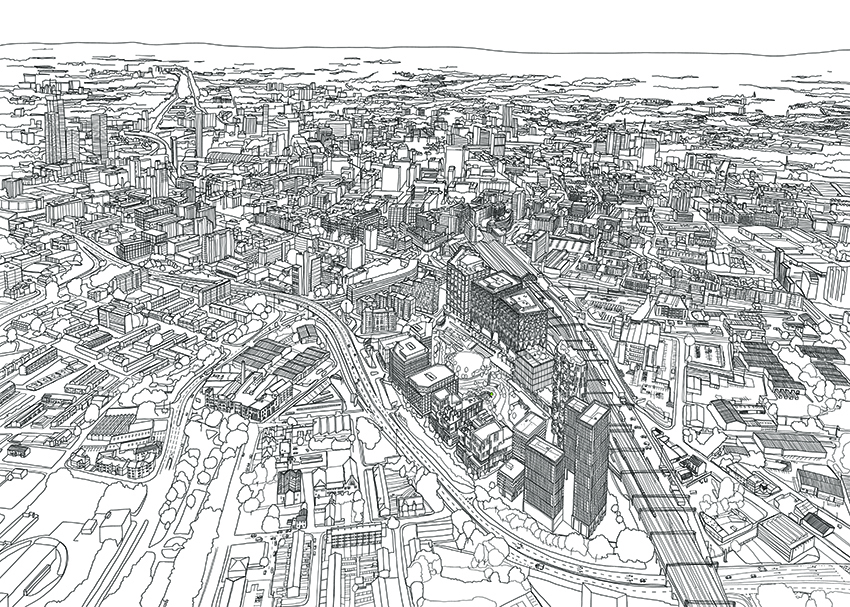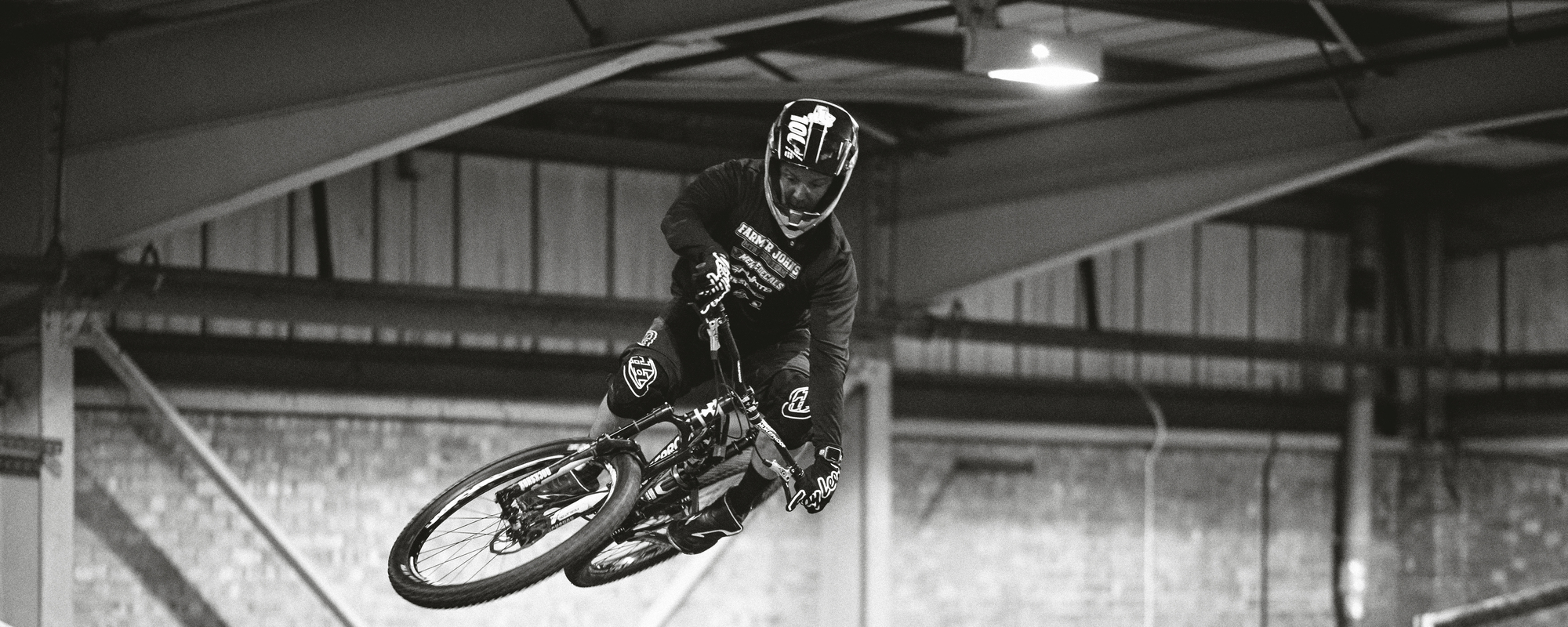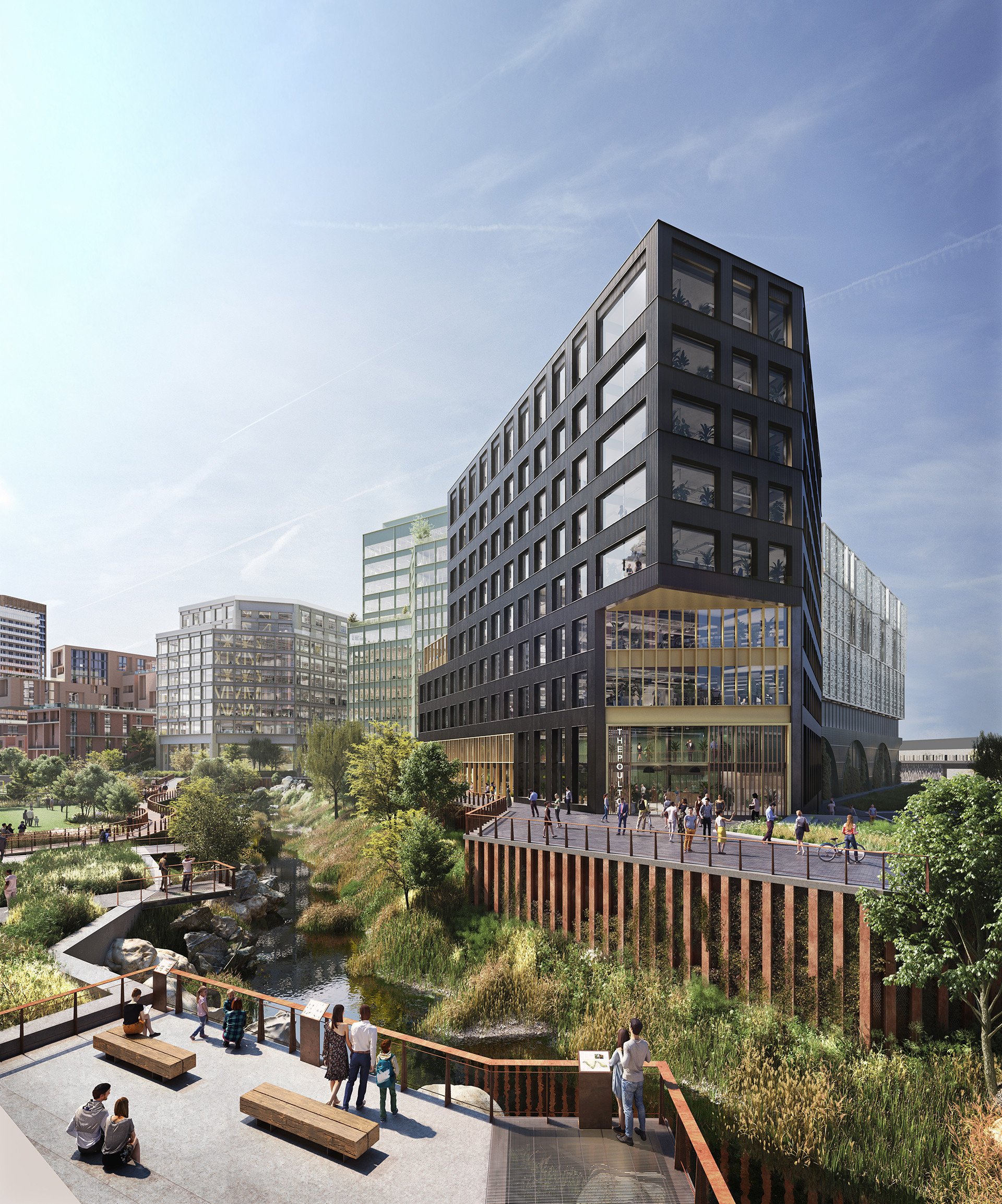Get updates from The Developer straight to your inbox Yes, please!
“We call it ‘worthwhile use’ because meanwhile feels a bit temporary”
James Heather, U+I’s development director for Mayfield in Manchester, talks about how they are drawing locals to their 24-acre site in the heart of the city. Interview by Christine Murray

“It’s all around trying to create a place that people want to be in, and once they want to be there, they want to feel a part of it,” says James Heather, development director for developer U+I.
We’re talking about the £1.4bn Mayfield project in Manchester, which Heather is responsible for delivering for U+I as part of the Mayfield Partnership consortium, which also includes Manchester City Council, LCR and Transport for Greater Manchester.
“Mayfield represents an amazing opportunity,” says Heather. “We’ve got 24 acres that sit within 150 yards of Manchester Piccadilly Station, with a river running through the middle of it.”
However, apart from the impressive bucolic ruins of the former Mayfield railway depot situated near the station, the site isn’t much to look at yet, judging by the view outside Heather’s office window. Despite this, it carries a licence for up to 10,000 people and has already played host to major events including Manchester International Festival 2019, a Pride festival, a regular street food market, electronic music shows and mountain biking.
U+I has a strong reputation for its ‘meanwhile use’ projects on redevelopment sites, but Heather is quick to distance himself from the term: “We use the expression ‘worthwhile use’ because ‘meanwhile’ feels a bit temporary.”
Whatever it’s called, the purpose is the same – Heather says events will help put the site on the map long before anything permanent is built there.
“When we first started in 2016, we found that 4% of the population knew where Mayfield was. Over the past three-and-a-half years, that’s grown to more than 50%. We are reintroducing the forgotten 24 acres back into the psyche of Mancunians.”
Heather explains that once “you’ve got the people, you’ve got the environment, you’ve got the activity and the life, then obviously commercial operators, leases and offices will come, because you’ve got all the assets they want to have on their doorstop when they arrive”.

With its industrial past, central location, blue infrastructure and site bordered by railway tracks, it’s inevitable to compare Mayfield to the larger King’s Cross Central redevelopment project.
“King’s Cross is the most astonishing regeneration project,” Heather admits. But he is keen to stress that a local approach is needed for Manchester.
He says it will be “hugely important for us” to make sure that the place remains relevant to the local communities. “There are so many schemes that you can look at that actually do that and are genuinely supported and loved by the local community,” he says.
The project won planning permission in February for a public park and a 32,000 sq ft office block. Heather says the park will feel welcoming, “So that you can walk into it from any walk of life, from any place of life”.
But it is the River Medlock, which runs through the site, that has become a central focus of the masterplan. There is a 6.5-acre corridor of green space along the river’s banks that links a complex of big office blocks to family housing and flats.
“We always felt when we were looking at the masterplan that we needed to open up the connections to the river”
Heather says: “We always felt when we were looking at the masterplan that we needed to open up the connections to the river.” Manchester has three rivers, but Heather says these have always been seen as “facilitating industrial growth and industrial uses as opposed to recreational uses”.
He adds: “There are no places, or very few places, within the city centre where you can actually walk alongside the water. We felt having a park, having a river, was a unique feature of the Mayfield site. It enables us to bring green spaces and provide reasons for people to actually want to locate around Mayfield – you have space to walk and play in a very public, but managed environment.”
Critically, Mayfield also needs to serve the city’s needs for large commercial and residential buildings. One of the first buildings set to be delivered is a 580-space car park. I ask Heather why that’s necessary in such a central location, given the city is seeking to transition to more active-based travel with investments in cycling infrastructure such as the Bee Network.
“As you say, people still drive in Manchester and people will continue to drive in Manchester,” Heather says. “Looking forward, there will still be the need for a multi-storey, car-park-shaped box that is going to house a vehicle, whether that’s an autonomous vehicle, an electric vehicle, or an Amazon or Google last-mile drop-off or collection point.”
This interview took place in the early days of COVID-19, just three days into the first three-week lockdown. Neither of us were yet considering the impact a long stretch of home-working on office demand, but we were both surprised at how easy the transition to a virtual office had been.
“Actually, we can still work, and we’re still working today,” Heather says. “Yesterday, I was on either Zoom or Team meetings all day, and you can still get work done. It’s just working in a very different way. We’ve just got to adjust ourselves and it’s going to be fascinating to see what happens when the world settles down again as to whether we do go back to the old way of doing it or stick a lot with the new way.”
With such a long project timescale, Heather does not foresee the crisis having a significant long-term impact on the consortium’s ambitions for Mayfield. Nevertheless, U+I has now withdrawn guidance to investors on future schemes, temporarily suspended future dividend payments to shareholders, furloughed staff and announced redundancies to cut overheads. Yet at the same time, U+I has also announced it is intending to make further acquisitions.
“The world is going to continue to spin, and we are going to have to continue to bring projects like this forward because the city will continue to grow,” Heather says.
But Heather also admits in the wake of COVID-19, it’s important for U+I to ensure it doesn’t end up with an historic model of development that could become obsolete.
“Making sure that Mayfield is entirely relevant to tomorrow is going to be the challenge for us,” he concludes.
Listen to the podcast by clicking on the link below and sign up to The Developer Weekly to be updated when new episodes go online.
This year’s Festival of Place is happening on 13 November 2020 – go to www.festivalofplace.co.uk for updates on tickets and speakers.
Support The Developer on Patreon
Our journalism has always been free-to-air.
If you value what we publish, be our patron from £3 per month
Sign up to our newsletter
Get updates from The Developer straight to your inbox
Thanks to our organisation members
Become a member
© Festival of Place - Tweak Ltd., 124 City Road, London, EC1V 2NX. Tel: 020 3326 7238

